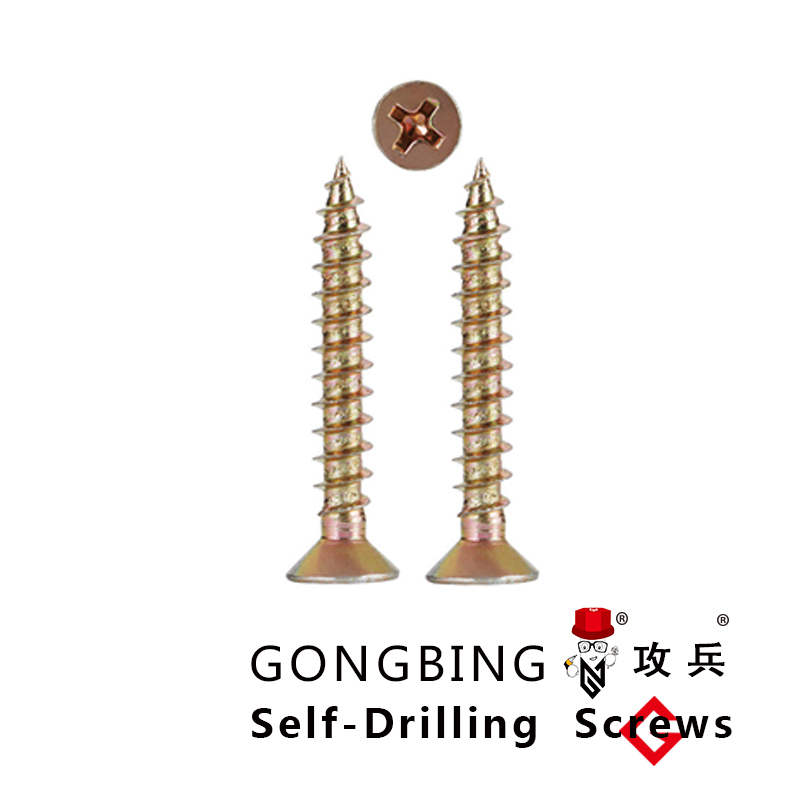structural hex bolts
Understanding Structural Hex Bolts Essential Components in Construction
Hex bolts are widely recognized as one of the most critical fasteners in the construction and engineering industries. Their unique design, characterized by a hexagonal head and a smooth shaft, makes them invaluable for a variety of structural applications. This article will explore what structural hex bolts are, their specifications, applications, and why they are preferred in many settings.
What Are Structural Hex Bolts?
Structural hex bolts are heavy-duty fasteners that provide a means to securely join two or more components together. They typically have a hexagonal head that allows for easy tightening with a wrench, making them suitable for applications where significant torque is necessary. These bolts come in various materials, including steel, stainless steel, and alloy steel, each providing different levels of strength and corrosion resistance.
Specifications
Structural hex bolts are governed by strict standards to ensure reliability and safety. In the United States, the American Institute of Steel Construction (AISC) and the American National Standards Institute (ANSI) set guidelines for the manufacturing and testing of structural bolts. Common specifications include ASTM A325 and A490 for high-strength bolts used in steel connections.
The size of a hex bolt is defined by its diameter and length. Standard diameters range from ¼ inch to 2 inches, while lengths can vary significantly to suit different applications. Additionally, hex bolts are classified into different grades, with higher grades indicating greater strength and load-bearing capacity. For example, a grade 8 hex bolt has a tensile strength of 150,000 psi, making it suitable for heavy structural applications.
Applications
structural hex bolts

Hex bolts serve a variety of applications across many sectors. In construction, they are predominantly used for connecting steel beams and columns, securing brackets, and assembling heavy machinery. Their robust design allows them to withstand significant loads and resist shear forces, which is crucial in ensuring the stability and safety of structures.
Moreover, they are essential in bridge construction, where they help maintain structural integrity under dynamic loads from traffic and environmental factors. Hex bolts are also commonly employed in the automotive and aerospace industries, where high-strength fasteners are necessary to ensure the reliability of critical systems.
Why Choose Structural Hex Bolts?
The advantages of using structural hex bolts are numerous. Firstly, their strength and durability make them ideal for heavy-duty applications where safety is paramount. Additionally, the ease of installation and removal—thanks to their hexagonal head design—makes them a preferred choice for contractors and engineers.
Furthermore, hex bolts can be easily identified and specified due to their standardized sizes and grades, allowing for streamlined procurement and inventory management. In environments that expose fasteners to corrosive conditions, selecting stainless steel or coated hex bolts can further enhance longevity and performance.
Conclusion
In conclusion, structural hex bolts are essential components in various construction and engineering applications. Their robust design, adherence to strict standards, and versatility make them a reliable choice for ensuring the integrity and safety of structures. Whether used in buildings, bridges, or machinery, structural hex bolts play an indispensable role in modern construction practices, contributing to the stability and strength of the infrastructures that support our daily lives. Understanding their specifications and applications can aid professionals in selecting the right fasteners for their specific needs, ultimately leading to safer and more durable construction outcomes.
-
Weatherproof Plastic Expansion Anchors for OutdoorNewsJun.06,2025
-
Sustainability in the Supply Chain: Eco-Friendly TEK Screws ProductionNewsJun.06,2025
-
Load-Bearing Capacity of External Insulation FixingsNewsJun.06,2025
-
Double Head Bolts: Enhancing Efficiency in Industrial MachineryNewsJun.06,2025
-
Corrosion Resistance in Chipboard Screws: Coatings for Wholesale DurabilityNewsJun.06,2025
-
Butterfly Toggle Bolts : Enhancing Structural ResilienceNewsJun.06,2025
